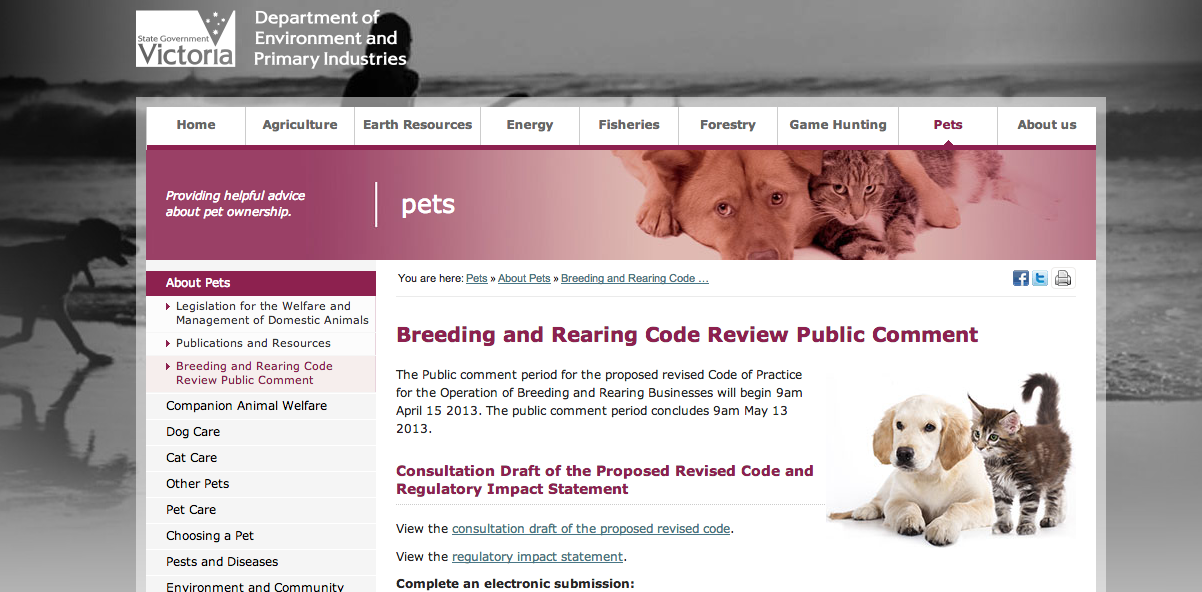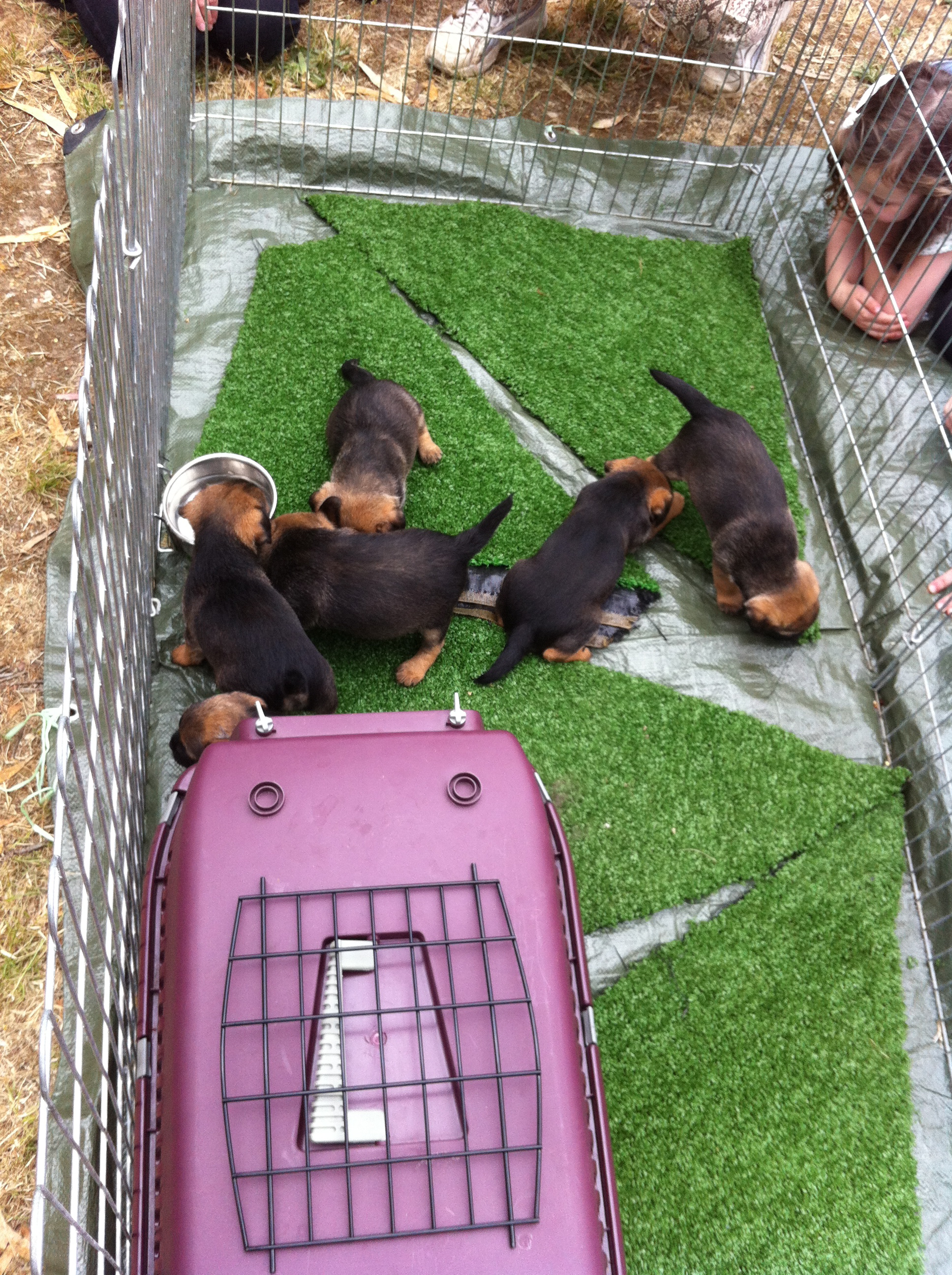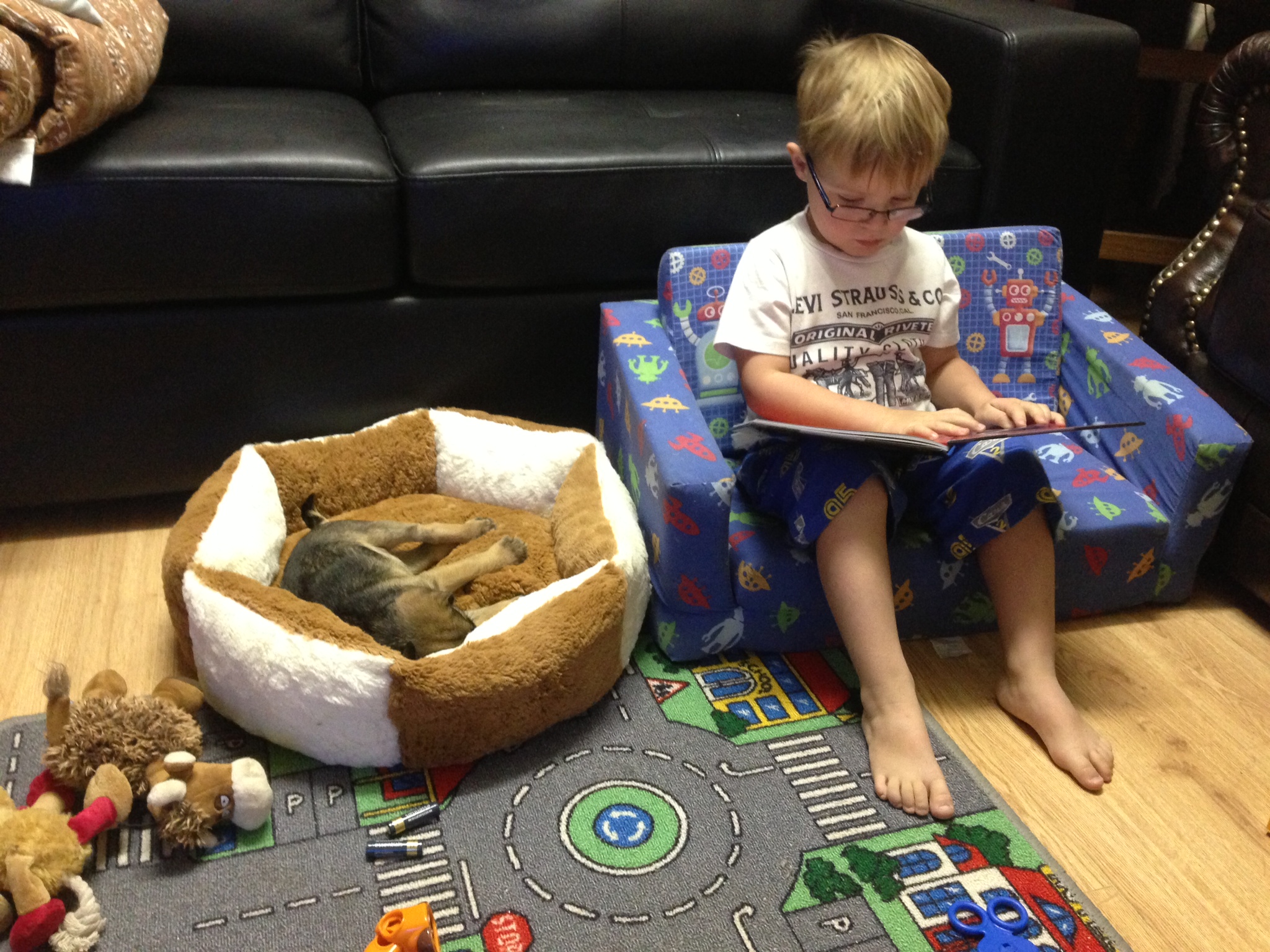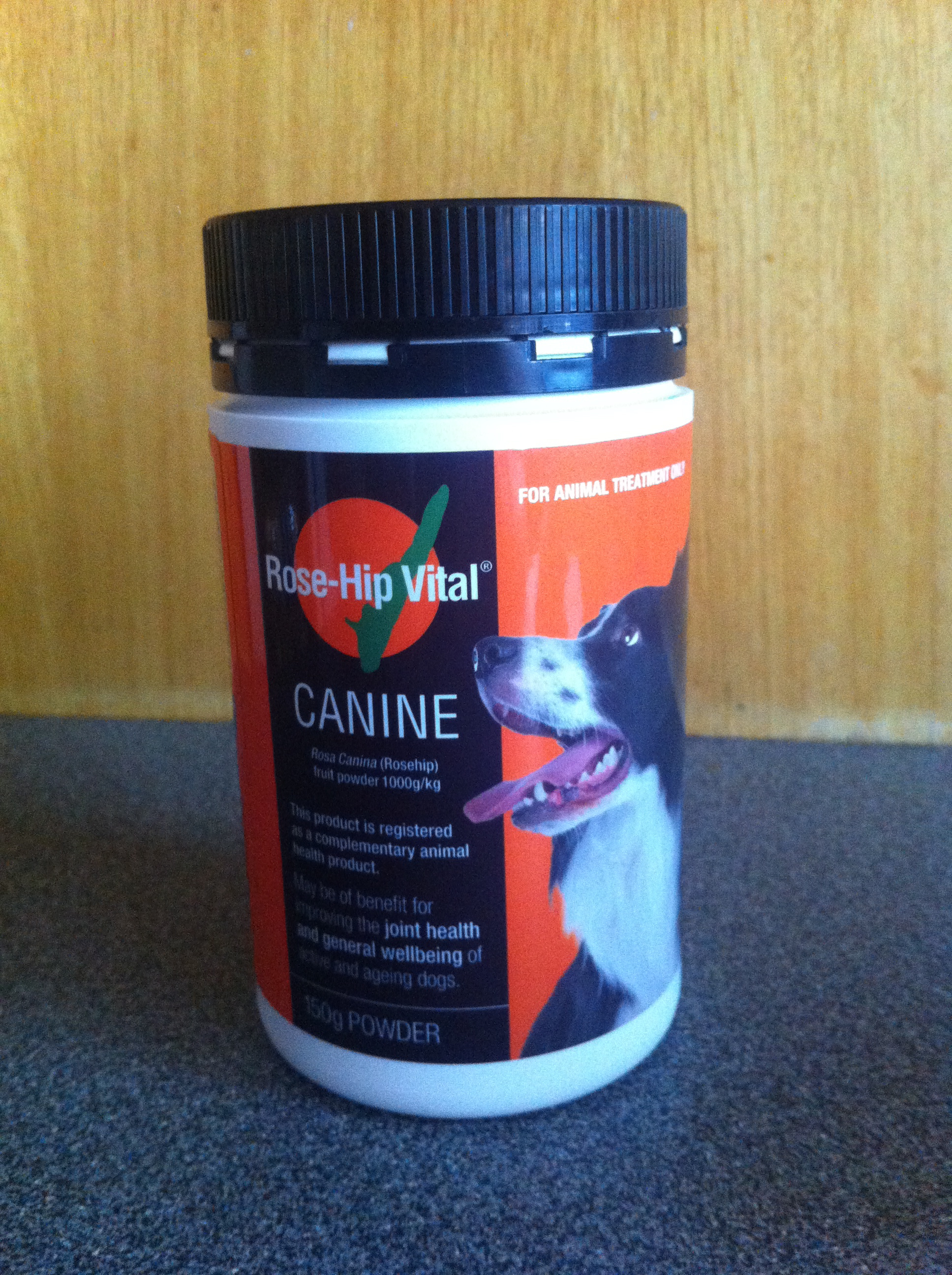It will soon be easier to be a gun dealer in Australia than a registered breeder. (source)
Just one of the comments made regarding the DPI’s current Breeding and Rearing Code Review, currently up for public comment.
Like other codes, this one has a big emphasis on running dogs in kennel environments, puts arbitury numerical values to determine animal welfare, and has elements of mandatory desexing. In other words: Legitimising big breeders at the expense of small breeders.

Missing the Problem
Code is for anyone with 3+ fertile bitches or queens if they’re not “registered members of an Applicable Organisation” or reigstered breeders with 10 or more fertile female dogs or cats. As a ‘registered member of an Applicable Organisation’, in some ways, I am grateful for the exemptions, but in other ways, they don’t really go far enough. Greyhound breeders and backyard breeders are exempt and, debatably, these are the breeders with the biggest ethical problems associated with them (read “Incentives to breed more greyhounds?!“). Thousands of greys are killed each year for not making the grade, and then backyard breeders are untraceable and arguably contribute to the impounds of pounds (considering the abundance of staffy type dogs in pounds).
Further, this is complicated by the lose terminology. What do I have to do to have 3+ or 10 fertile bitches? Do they have to live with me? Or do I just have to own them? How is ‘fertile’ defined? Is it a bitch that is not desexed? Or a bitch who has had at least one heat cycle? Or a bitch that is less than 12 years old?
On one hand, it’s ‘good’ that the code only applies to certain groups. But that then poses the question: If this code is really in the best interest of animal welfare, why doesn’t it apply to all breeders?
Getting Sexy with Vets
I don’t know who wrote this draft, but I’m pretty sure they must have a vested interest in vet profits! Vets need to sign off on everything in this review – from diet, vaccinations, and parasite control, to whether the dog is appropriate to be bred from, to a ‘health management plan’ and a retirement plan for the dog. What the! Surely the best person to make decisions for a dog is the owner of the dog.
Furthermore, for those who choose a more holistic method for raising dogs (raw diet, limited vaccination protocals, etc), then they will have close to no chance to raise dogs through the methods they choose, as close to no vets advocate raw diets or 7 yearly vaccination protocols. (Indeed, the code says dogs cannot be fed offal, fullstop.)
While vets might be initially excited about how this might translate into income, surely they are not the best judge for my dog’s temperament. For example, most vets indicate a dry/kibble diet, but my current litter have soft stools on dry, so they’ve been eating a raw diet with better stools. I had a puppy with a vaccination reaction at 7 weeks so I decided (against vet advice) to only give her one vaccination at 18 weeks instead of a series of puppy shots. Here I am making individual decisions based on my experience, and sometimes against vet advice, for the welfare interests of my dogs.
I spend hours every day with my dogs, so I am going to bet that my evaluations are a little more informed than the 15 minutes that a vet can spend with my animals during a consult.
Reeks of Mandatory Desexing
Like other schemes, this one has elements of mandatory desexing, saying things like: “All retired breeding animals must be desexed”. I’ve already talked about the fallacy of mandatory desexing and the fallout of mandatory desexing schemes.
You’re Running a Business
This is more a terminology issue, but I very much reject the use of the term ‘business’ to describe all dog breeding. The term ‘business’ implies profits, and many ethical breeders do not make profits and so are not really a ‘business’.
Furthermore, this code defines ‘large’ or ‘small’ business based on how many ‘fertile’ animals you own. Shouldn’t a business’s size be determined by its profit, not its capital?
Restrictions on Breeding Ages
This code puts a limit on the maximum breeding age of a dog, and bitches can only have 5 litters or less in their lifetime. Both these decisions are hugely prohibitive.
Firstly, using old stud dogs is good! We need to breed healthy dogs with longevity, and there’s no better way to know if a dog is healthy and long lived that waiting for him to live a long time. In fact, I deliberately look for old dogs to use at stud for that very reason (read an old puppy announcement).
Additionally, if we have a bitch that is exceptional, particularly in health, then having 5 or more litters may be a good thing. For example, if we had a bitch with 0/0 elbows and 0/0 hips, then I’d love her to produce as many offspring as possible, especially if the breed average is 6/6 or 8/8. However, the maximum breeding ages listed are hugely prohibitive for large breed dogs, with 5 years being the maximum. Large breeds often don’t reach maturity until 3 years, and so, with this code, bitches are limited to only 2 ‘breedable years’, or 2 litters. As I mentioned, for an exceptional bitch, this is not many litters, and doesn’t leave much room for error – if she is mated and she misses, you then have 18 months to get all the puppies you can out of her.
Good: Some Interest in Socialisation
One of the good things about this code is that it is trying to mandate some socialisation and habituation with puppies, as seen in “Table 3” and “Table 4” in the document. Of course, it’s close to impossible to enforce this, but it’s nice to think someone is thinking about it.
The only downfalls is that puppies “must remain with mother & other litter mates until 6 weeks of age”. For those of you who read my ‘Puppies 2012 Series‘, you will know that my puppies get out and about (without their mother and litter mates) from 4 weeks of age, as that is when the critical socialisation window starts. Why would you legislate against this? Furthermore, the socialisation table describe doesn’t allow puppies to socialise with other dogs until they are 8 weeks old – again, meaning that a big chunk of their socialisation window is missed.
It’s nice to see some attention given to socialisation in this document, but it is still somewhat misguided, and pretty much impossible to enforce the good bits, even if we wanted to.
Lack of Privacy
Like other codes, ‘business’ must be recorded keeping nazis. The concerning things is, this records must be available to authorised offices upon request, and must be given to council if the ‘business’ ceases. This means that Joe-Blow the puppy buyer’s details will be available to certain parties on request and when the business ceases. Where is the privacy in purchasing decisions? Why does the council, or even the authorised officers, need to know this kind of stuff?
Dogs in Clean Kennels Again
Okay, so there’s a good thing about the ‘small business’ and ‘large business’ thing: Large business is required to have pens or yards, while small business doesn’t have to. This is good – better than a lot of similiar legislation that requires pens full stop. Another good thing is this code mentions dogs that sleep inside the house, showing that it is possible for dogs to live in ways other than clean and kennelled.
But then there’s all the normal stuff which is keen on disinfectants and hand washing, even with visitors obligated to wash hands. Not too bad in a kennel environment but if my dogs are just hanging out in my yard, it’s not possible for me to disinfect the lawn.
Separate the Dogs, Again
At least! This code allows dogs to run together – an important psychological role for dogs, especially living in kennel environments.
And there are some common-sense regulation in this code: You can’t run dogs together that fight, and you can’t run different sexes together in there is a bitch coming in or in season.
Okay, maybe that’s about it. They ask for bitches to be separated from other dogs two weeks prior to whelping. Presumably, the logic is that the bitch may like ‘peace and quiet’ during this time. In reality, bitches used to running with a group of dogs are likely to be more stressed by their segregation than anything else. Then, once she has puppies, she has to be able to ‘escape’ them if she chooses to. Theoretically, a nice idea, unless you have a bitch disinterested in mothering and her pups perish when she chooses to ‘escape’ them on a permanent basis.
If you are a ‘large business’, you can only exercise up to 4 compatible dogs together, and they must be in single sex groups. I’m not sure who wrote this code, but they obviously have had very little to do with dogs in the real world – mix sexes are generally more compatible, temperament wise, than single sex groups.
Policing?
A lot of the standards in this code are very hard to enforce. If you walk into a facility and the puppies aren’t having their socialisation, then they must’ve had their socialisation earlier that day (says the business proprietor). You walk into a facility and see that there is lamb fry in the fridge, and the proprietor says that’s for his dinner. How can you prove otherwise?
You walk into business and see dogs with red irritated paws from walking on a hard disinfected surface. The dog is receiving vet treatment, but can’t be moved to a different surface because of regulations required concrete and disinfectant. So the dog is obligated to spend a life of irritation due to regulation. But ‘the police’ can do nothing because all boxes are being checked.
(And, quietly, I’d say that ANKC registered breeders who have good records in terms of pedigrees, date of births, and so forth, and so are most likely to be ‘caught out’ if they do breedings out of line.)
Why Rescue Groups Should Care
When you have fertile animals come into your care, you will become a breeding establishment. You just need three or more fertile animals to become a ‘business’. This means that rescues would have to have a vet sign off on everything too, you have to be record keeping nazis, dogs have to be kept in concreted kennels, and you can’t run animals of different sexes together (if you have more than 6). Being a rescue is not currently an exemption in this code. While arguing for exemption may be possible, I would still ask: If this code is really in the best interest of animal welfare, why doesn’t it apply to all breeders?
Other Bits
Once I had a dream that I walked into the backyard and my stud dog, Chip, was mating two of my bitches at the same time. A very funny dream, which I thought was quite mythical – until this code came out saying “Male dogs must not mate with more than 1 female dog at a time”. Is there dogs out there that have a magical double-headed penis for performing two matings at the same tie? Is there so many out there that we need to legislate against their impressive copulation style?
The DPI has a pretty nifty idea with their own breeding training being recommended every 3 years. And by ‘nifty’ I mean good for fundraising.
The code requires, “Animals must not be sold before 8 weeks of age”. I’m guessing the code actually wants to say something like, “Animals must not permanently leave their place of whelping and rearing prior to 8 weeks of age”. A bit of an oversight, as many breeders take deposits and so ‘sell animals’ before 8 weeks of age.
The code specifies, “A heat source must be provided for puppies in/over their bedding”. The code doesn’t specify that, if the weather is 40C or higher, that this would be unnecessary.
What can you do?
Right now this legislation is only ‘okay’ because registered breeders are exempt (unless they have more than 10 dogs). But this exemption is very easy to remove. Indeed, I would suggest that the ‘animal righters’ are probably putting in proposals as we speak to have the exemptions removed.
I hope to make a more detailed post before the May 13th deadline, but in the meantime, you can click here to submit comments online.
If you need further inspiration when making a submission:
Read this page on Campaspe Working Dogs (for perspectives from working breeders)
Read this thread on DogzOnline (for perspectives from ‘show breeders’)
 Dog bites are a lot more complex than simple ‘breed’. Families with children and dogs need to recognise that any child-dog interaction can end up in a bite, regardless of breed. However, there are a number of ways that dog bite risk can be minimised.
Dog bites are a lot more complex than simple ‘breed’. Families with children and dogs need to recognise that any child-dog interaction can end up in a bite, regardless of breed. However, there are a number of ways that dog bite risk can be minimised.

 So, of course, when
So, of course, when 
